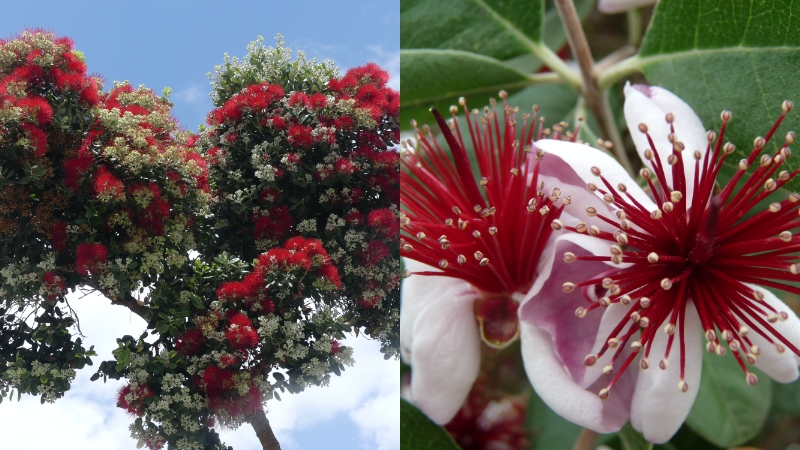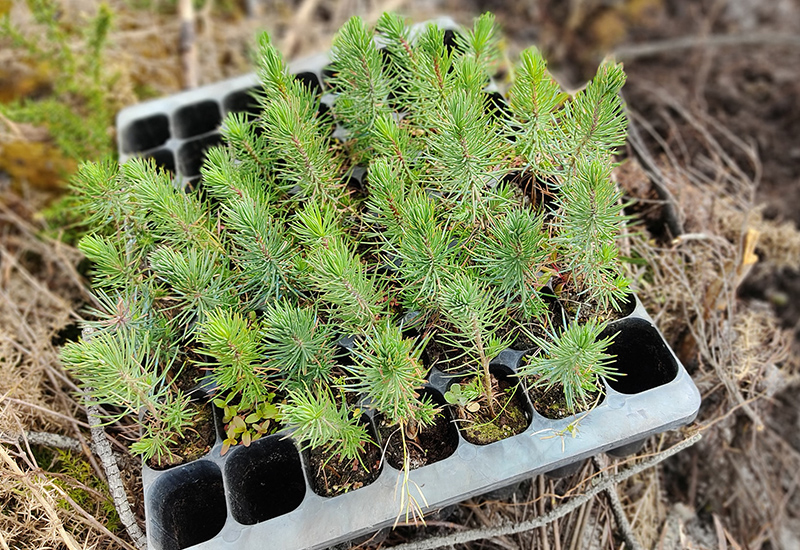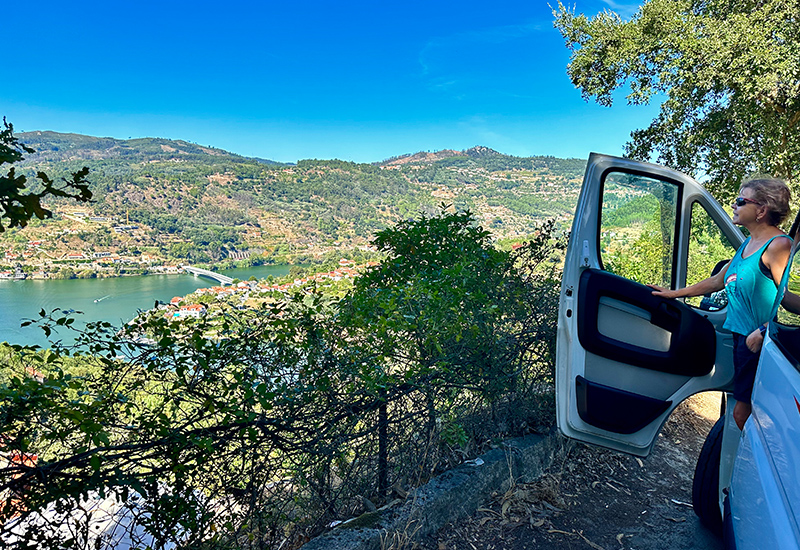To round off my articles on flowering trees, I have chosen another four to share with you.
By Tamsin Varley
NEW ZEALAND CHRISTMAS TREE

The first of these is Metrosideros excelsus also known as the New Zealand Christmas tree. It is an evergreen often multi-stemmed tree that has attractive leathery green leaves with a dense white felt underneath them giving them a grey-green appearance.
It can grow to between ten to twenty metres tall with a spread of ten metres. Its crowning glory though is its gorgeous red flowers produced around Christmas in the southern hemisphere (hence its common name) but during the summer here in Europe. When I was in Madeira in June, we saw a lot of these trees in full flower on the northwest side of the island growing in very windy conditions. They like full sun and well-drained soil. Water well initially when first planted, but they are drought tolerant and also frost hardy when established. Be wary where you plant one of these trees though as they do have extensive invasive roots so should not be planted near buildings or drains.
PINEAPPLE GUAVA

Acca sellowiana or pineapple guava is a large evergreen shrub or small tree growing up to four metres high that is native to South America. In late spring, the unusual flowers appear in the leaf axils, with fleshy white petals from which a central bunch of bright red stamens explode. They are followed by five-to-eight-centimetre egg-shaped greyish green fruit filled with soft, sweet pineapple flavoured pulp which apparently makes a good jelly. It can be drought tolerant but grows best with some water especially if the fruits are to mature. Mulching is also a good idea to protect the shallow rooting system. It likes full sun but will tolerate partial shade.
BOTTLE TREE

A tropical tree that seems to do well in Portugal is the bottle tree or Brachychiton species native to Australia. I’ve seen them widely planted as street trees and in parks in the Algarve. They often have large swollen trunks so are easy to spot. The first trees I saw flowering here in Silves quite took my breath away, entailing a drive back home for my camera so I could photograph them. The trees were smothered in bright pink bell-shaped flowers with a darker pink throat and were a spectacular sight. The leaves, which are shed just prior to flowering, are hairy and lobed – not unlike a Sycamore tree in shape. I tentatively identified the species as the slow-growing Brachychiton discolor, which can grow up to twenty metres tall. It is widely grown as an ornamental tree especially in built-up areas as it has a compact root system.
THE ORCHID TREE

Last, but by no means least, is the orchid tree or Bauhinia native to northern India and southern China. In spring, it makes an amazing sight as it produces a beautiful show of fragrant flowers on the previous season’s wood. The five-petalled orchid-like flowers are typically light pink to deep purple (although there is a white cultivar) and are up to eight centimetres across. The flowers are followed by long beans up to thirty centimetres long. The unmistakable leaves are large and deeply lobed at the tip so they resemble a camel’s foot. Bauhinia variegata forms a spreading tree up to ten metres high. It is easily grown in moist, well-drained soils, but needs protection from cold winds.
Tamsin Varley
A member of Clube Dos Bons Jardins, a small, friendly multi-national garden club that meets at different locations around the Algarve on the 2nd Tuesday every month with an optional lunch afterwards.
Email: algarvecbj@gmail.com














